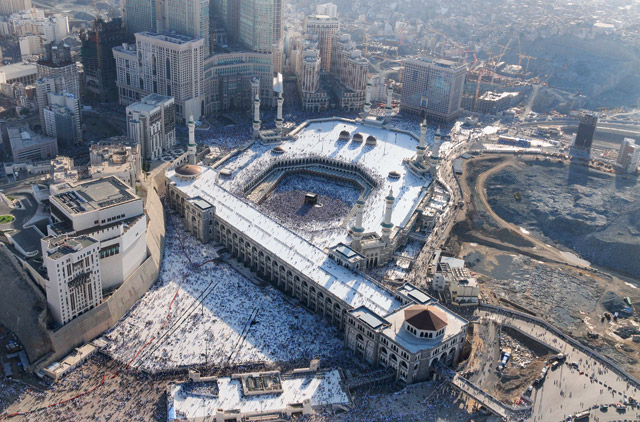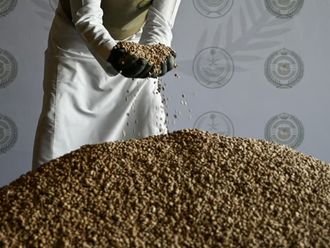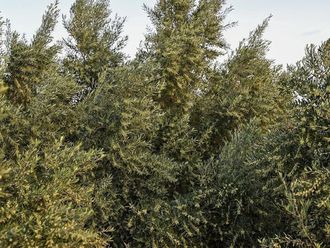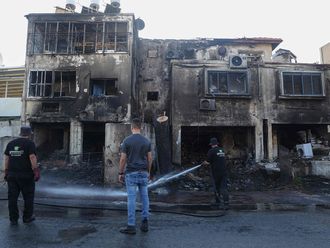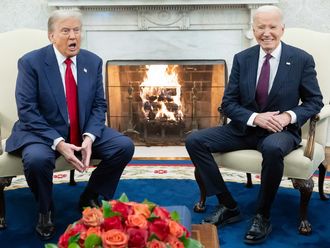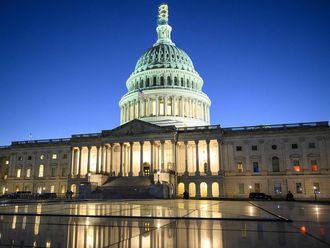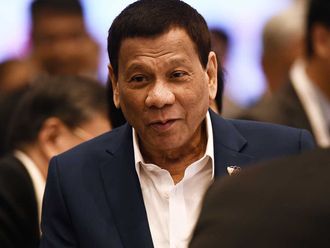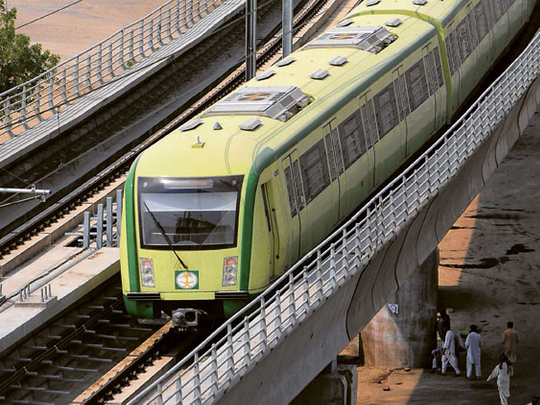
Riyadh: The Al Mashaaer Al Muqadassah, or the holy shrines Metro known also as Makkah Metro has been hailed as one of the spectacular and most successful transport projects in the reign of King Abdullah Bin Abdul Aziz.
Dr Habin Bin Mustafa Zain Al Abdeen, undersecretary of the Ministry of Municipal and Rural Affairs, estimated that the metro would ease road congestion by taking more than 30,000 vehicles off the roads at the holy sites which pilgrims would have used to travel between Makkah and the Holy Sites.
A spokesman said the metro would be up and running during this year's Haj season between November 15 and 19 – but only at 35 per cent of its total capacity at this time. The project was expected to go full swing in the year 2011, he said.
The railway, at full capacity, would have 20 trains. Only 10 would be up and running during this year's pilgrimage, but each train would be able to carry up to 3,000 passengers – in 12 carriages accommodating about 250 passengers each, he said.
The train, which travels from Arafat to Muzdaifah and Mina in about seven minutes, can carry up to 72,000 pilgrims in a single trip. Pilgrims in previous years have been forced to spend hours driving, or even walking, to the holy sites.
Each station was separated into two terminals and had 16 elevators with a capacity for 50 people. It also had six pedestrian walkways to help prevent congestion and eliminate traffic accidents. Each station was 340 long and 45 metres wide and included stairs, escalators, and airconditioning, he said.
The length of each station was about 300 metres and 36 metres wide and has a capacity for 3,000 pilgrims. Pilgrims can use five doors to get into the station.
Train tickets will cost 250 riyals for the entire Haj season for local and Gulf Cooperation Council pilgrims, and 100 riyals for other pilgrims only for the last three days of Haj.
The train project was started three years ago following a series of incidents in which thousands of pilgrims were killed in stampedes and other accidents during the Haj.
The Chinese Railway Construction Corporation (CRCC) began building the railway two years ago after it was awarded the 6.7 billion riyal contract, which the Chinese President signed during a visit to Saudi Arabia.
The project, which Saudis and foreigners visiting Saudi Arabia have been anxiously awaiting, had been planned as a monorail but was changed to be built as a conventional steel-wheel, steel-rail design running on a viaduct.
The rail network will at first link the Holy Sites to the Haramain Railway and other railway networks in the Kingdom, and eventually to the Gulf railway.
Al Abdeen said components of the metro including locomotives, brakes, signal systems, the remote control system, transmission system and electricity stations, had been imported from European, Canadian and American companies.
Al Abdeen said the French Thales company had built and would run the communications system, and the Chinese company which built the railway also carried out civil works such as rock blasting and bridge construction. The company had built 20km of rail in addition to 10 bridges and nine stations - three each in Mina, Arafat and Muzdalifah, he said.
The automatic trains would have no driver and about 75 per cent of the passengers would be seated while the rest would stand for the short journey.
The Saudi Minister of Municipal and Rural Affairs Prince Mansour Bin Miteb Bin Abdul Aziz told Gulf News that the Holy Sites train was a metro which would be different to the trains to be used for the Al Haramain rail that will start at King Abdul Aziz International Airport in Jeddah and go to Madinah through Makkah.
The project had been developed by some of the world's best companies such as the French company Sistra which studied and designed the project, he said.
Prince Mansour said the best and latest international standards had been used on the Metro to ensure passengers' safety and security. He said a special committee has chosen the colour green for the carriages and locomotive.
"This colour was selected because it resembled the colour of the Saudi flag," he said.


